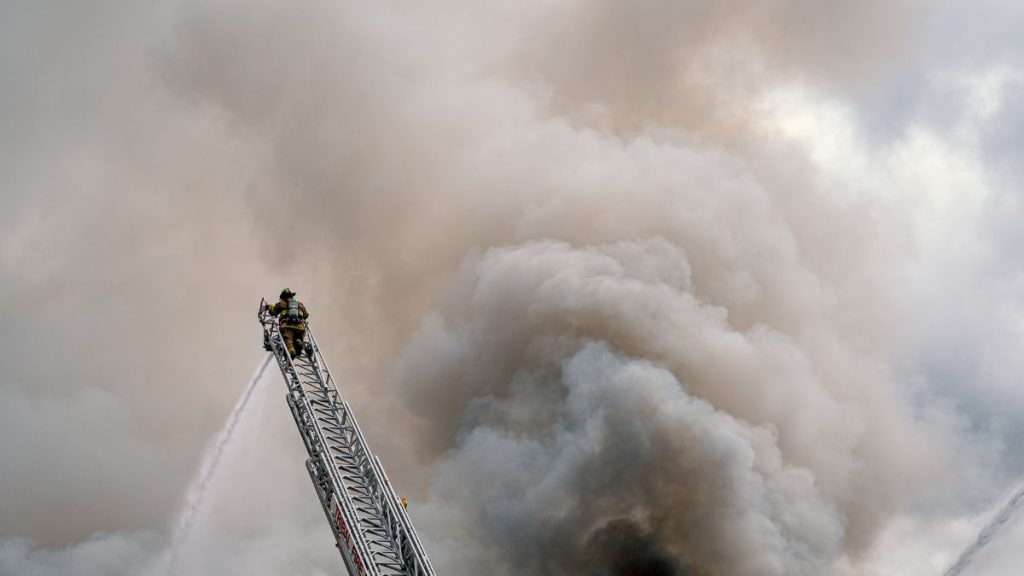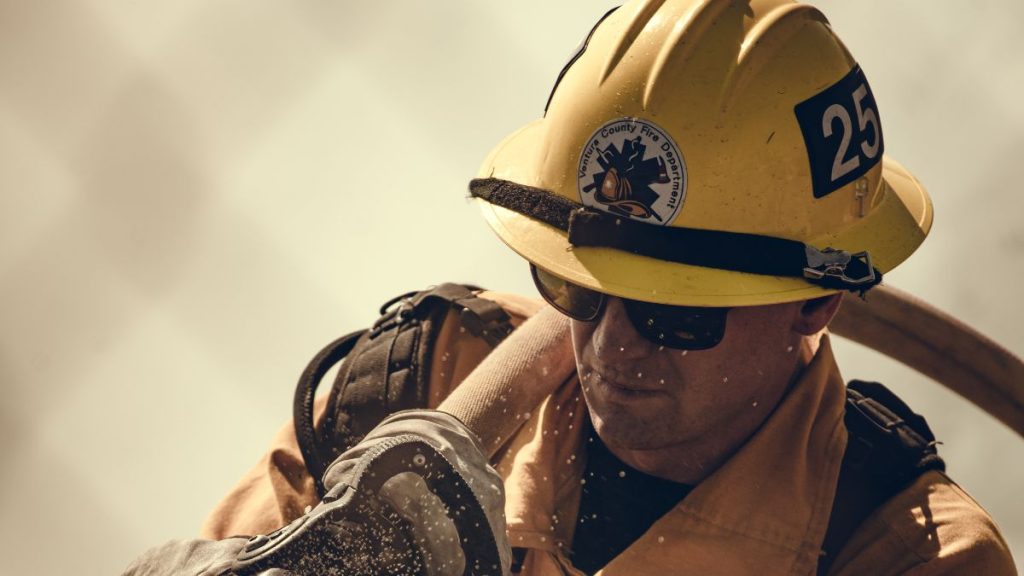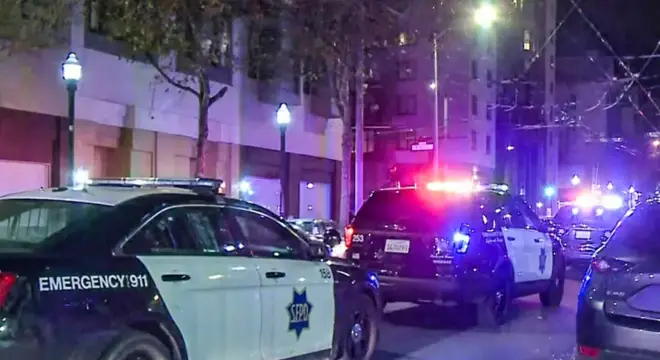10 Firefighters Injured While Fighting House Fire in Hillsdale
When I first read about the Hillsdale house fire, I couldn’t help but think about the sheer intensity those firefighters faced that morning. Imagine arriving at a quiet street at 3:30 a.m., only to see flames ripping through a roof while knowing that a split-second mistake could put your life on the line. That’s exactly what happened on Ellen Court, where at least ten firefighters were injured in a flashover caused by a brief loss of water during the firefight.
You might wonder how such a sudden flare-up can happen. Flashovers are terrifyingly fast and unpredictable, and witnessing their impact first-hand—even from news reports—makes you realize how dangerous even a routine-looking house fire can be. These brave individuals risked everything, and their quick thinking likely prevented far worse outcomes.
In this article, I want to take you through what happened that morning, break down the timeline, and share why understanding these events matters—not just as news, but as a real lesson in fire safety and preparedness for all of us.
Understanding Flashovers and Firefighter Risks

You might not realize it, but the moment water was briefly lost during the Hillsdale fire, it triggered a flashover—a terrifying phenomenon where all combustible materials in a room ignite almost instantly. I’ve covered fires before, and seeing a flashover up close, even in reports, gives you a real sense of danger firefighters face every time they step inside a burning building.
At least ten firefighters were treated for non-life-threatening injuries because of that sudden flare-up. According to ABC7 New York, this wasn’t just a typical fire; it was one of those moments where experience, quick thinking, and teamwork really mattered.
For you, understanding what a flashover is matters because it highlights why fire safety isn’t just about smoke alarms and extinguishers—it’s about anticipating the unexpected. And for those of us living in homes, it’s a reminder of why preventive maintenance can save lives.
Timeline of the Hillsdale House Fire
Let’s walk through the events that morning. Getting the sequence right helps you understand just how fast things can spiral in a fire.
- 3:30 a.m. – Reports of a roof fire on Ellen Court in Hillsdale, NJ. Firefighters rushed to the scene.
- Shortly after arrival – Firefighters began their suppression efforts, but conditions quickly escalated.
- Flashover occurs – A brief loss of water supply caused flames to surge, putting multiple firefighters at risk.
- Evacuation & medical attention – Injured firefighters were treated for non-life-threatening injuries, and the fire was gradually brought under control.
When you read timelines like this, it’s easy to see how split-second decisions can make the difference between a contained incident and tragedy.
Incidents like the Hillsdale fire remind me of similar emergencies, such as the vacant house fire in West Eugene, where investigators had to respond quickly to prevent further damage.
Investigation and Fire Cause
After the flames were under control, authorities immediately began investigating. The Bergen County Prosecutor’s Office and the Hillsdale Fire Marshal are leading the inquiry, with the Prosecutor’s Office Arson Squad assisting.
While no evidence suggests foul play at this point, these investigations are crucial. I’ve learned over the years that understanding how a fire starts can prevent it from happening again—not just for that one home, but for the entire community.
For you, it’s worth noting that authorities take these incidents seriously, and even when a fire appears accidental, every detail is examined to improve future safety.
Understanding the causes of such fires is crucial—similar to the Madison County, Ohio home fire, where investigators had to piece together how the blaze started.
Community Response and Firefighter Support
One thing that always stands out to me in incidents like this is the community’s reaction. Local neighbors and supporters often step up, offering meals, messages, and even fundraisers for injured firefighters.
It’s easy to overlook, but these gestures mean a lot. Firefighters put their lives on the line, and seeing the public recognize that risk is a reminder of the human side behind the news headlines.
If you live near a fire department, think about ways you can support them—whether that’s attending a local fundraiser or simply expressing gratitude. It makes a tangible difference.
Learning from past incidents—like the Pennsylvania mobile home blaze that hospitalized two people—helps us take preventive measures in our own homes.
Fire Safety Lessons You Can Apply at Home

After reviewing what happened in Hillsdale, I can’t stress enough how small precautions can prevent a disaster.
- Inspect regularly – Check your roof, wiring, and heating systems for potential hazards.
- Prepare emergency tools – Smoke alarms, fire extinguishers, and a clear evacuation plan aren’t optional—they’re essential.
- Know the risks – Understanding phenomena like flashovers can change how you respond in emergencies.
I tell my readers this all the time: fire safety isn’t just about reacting—it’s about anticipating and preventing. And learning from events like Hillsdale gives us a real-world lens to do just that.
If you want quick updates about recent incidents and fire safety tips, you can also follow our real-time updates on WhatsApp.
Key Takeaways and Fire Safety Lessons
After reading about Hillsdale, I want to leave you with a few practical insights. These aren’t just news points—they’re things you can apply to your own home and life.
- Firefighter Awareness Matters: These ten heroes were prepared, but even they were injured. Respecting their work reminds us to stay vigilant at home.
- Home Maintenance Saves Lives: Check wiring, heating systems, and roofs regularly. Small issues can escalate into dangerous situations.
- Emergency Preparedness is Key: Smoke detectors, fire extinguishers, and a practiced evacuation plan are non-negotiable.
- Community Support is Powerful: Supporting local first responders, even in small ways, reinforces a culture of safety and solidarity.
I want you to take a moment and think: when was the last time you reviewed your home’s fire safety plan? Sharing this with your family or neighbors could make all the difference.
For more stories about local house fires and safety tips, check out our Home Incidents category and stay informed.
Disclaimer: The information in this article is based on publicly available news reports and official statements. It is intended for educational and informational purposes only. Always follow local authorities and fire safety guidelines for emergency situations.
⭐ Subscribe to Our Newsletter
Subscribe to the publishers newsletter to receive the latest news and updates directly in your inbox


